Take a trip to San Miguel de Allende, the Mexican City attracting a flourishing creative crowd
San Miguel de Allende is home to a bold young crowd of talent that’s thriving off the city’s brightly-hued heritage
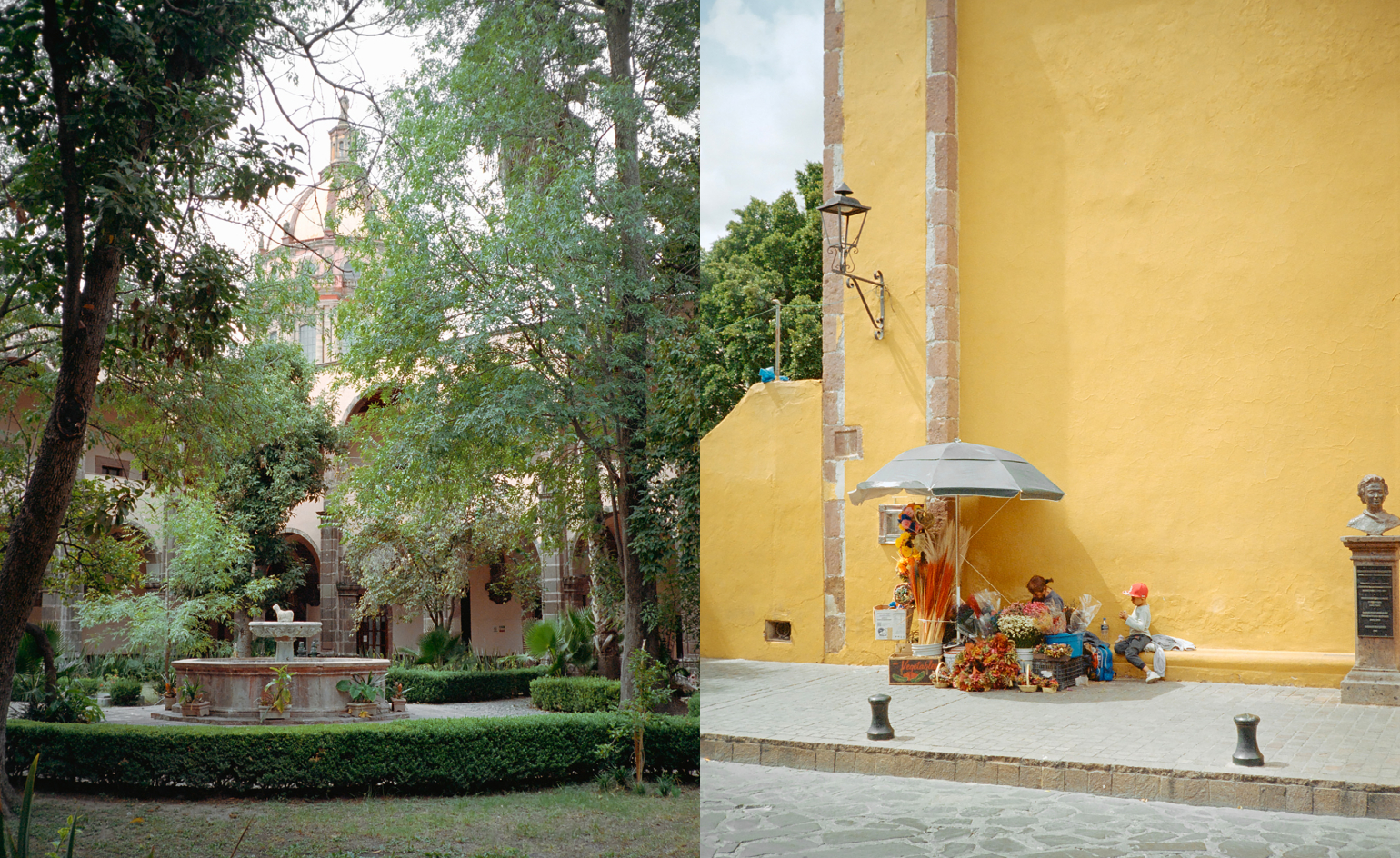
Along the cobbled streets of San Miguel de Allende, vibrant colours seep from every corner; from homes painted in bright shades of blue and red, and doorways framed with marigolds, to La Parroquia de San Miguel Arcángel, a 17th-century church with a dusty pink neo-Gothic façade created in 1880 by self-taught architect Zeferino Gutiérrez. Bright hues can be found in less obvious places, too: a sunny yellow courtyard tucked behind old wooden doors or, hidden deep inside a former convent, a geometric mural by Mexican painter David Alfaro Siqueiros. Even the sky seems a richer shade of blue.
The Trip to San Miguel de Allende
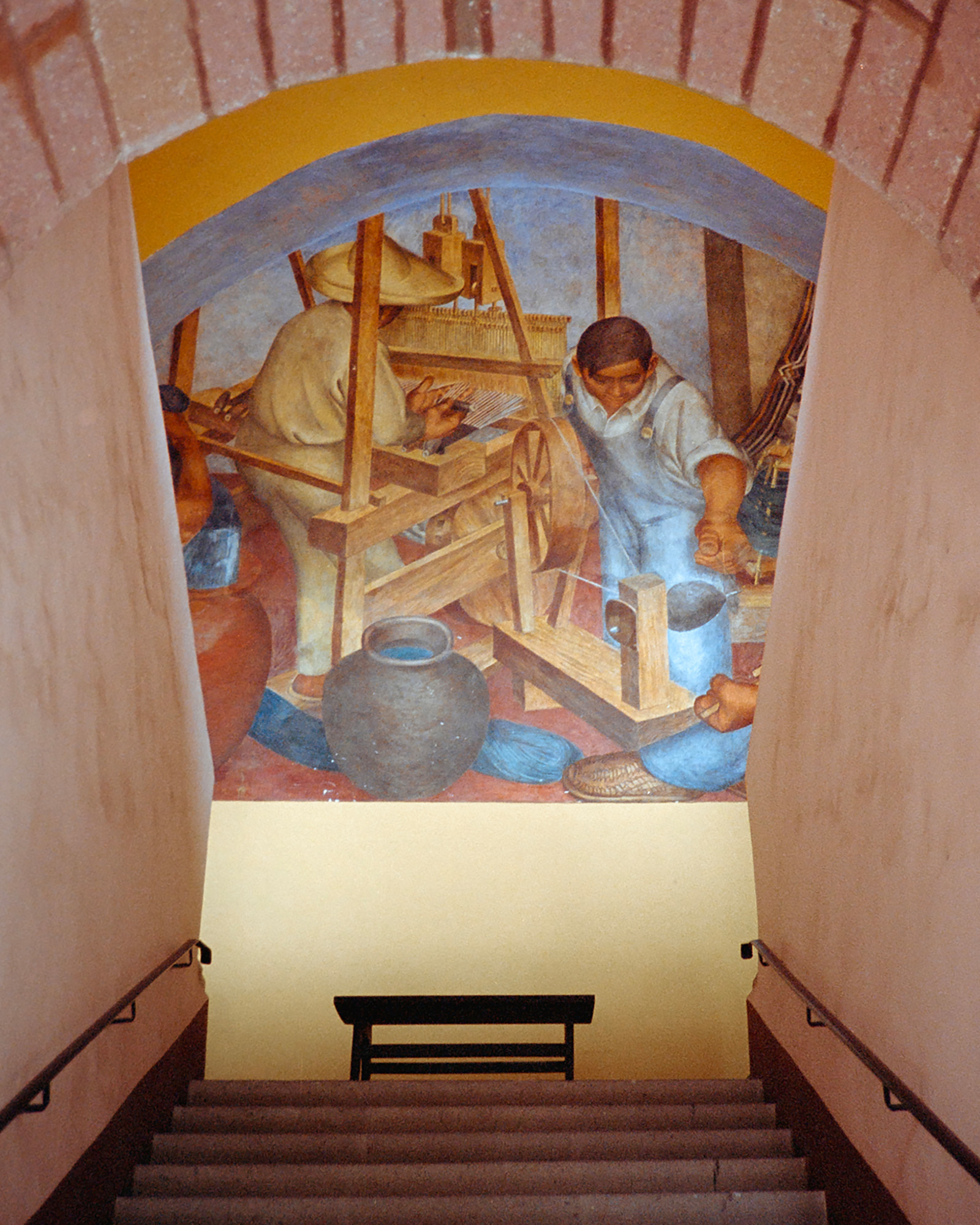
A mural by Mexican painter Pedro Martínez in the Ignacio Ramírez cultural centre
‘It wasn’t always this colourful,’ says Daniel Valero, founder of local design studio Mestiz. ‘San Miguel has been through different phases, from being a prominent city, before independence, to a ghost town,’ he says of the historic settlement, located in the country’s central highlands, about a four-hour drive north of Mexico City. Valero, who moved here from the capital five years ago, is one of the many creatives injecting new life here. ‘Recently, there has been a wave of young designers and artists refreshing things,’ says Laura Kirar, a US- and Mérida-based designer who opened hotel and design store Mesón Hidalgo in a 17th-century building in the town centre. ‘There’s something magical about the city that draws creative people.’
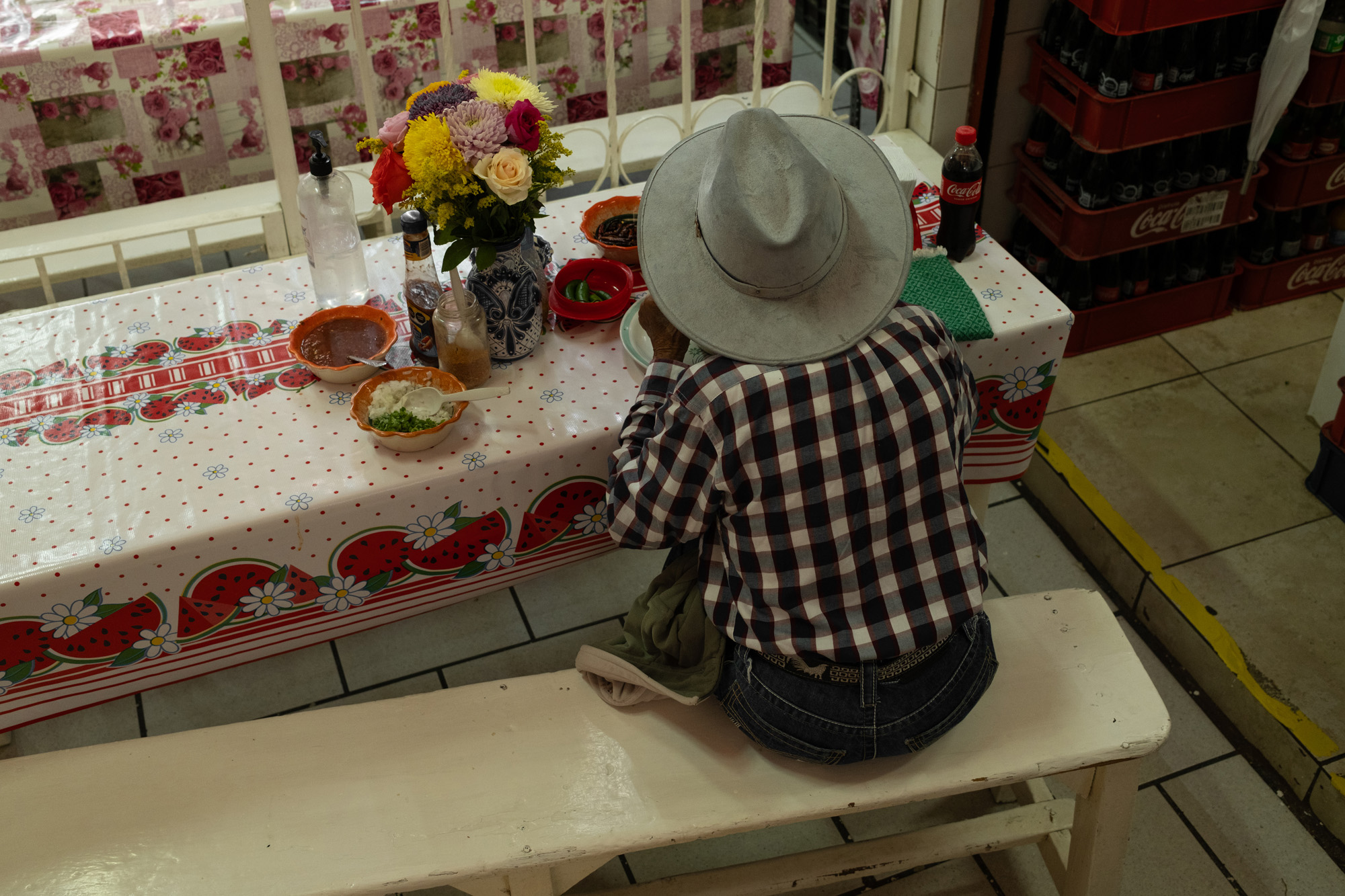
The city’s central market is home to many food stalls serving simple dishes such as soups and tacos
San Miguel has long attracted artists, partially drawn to the magnificent Spanish baroque architecture erected after its founding in 1542. One of the most influential to arrive in town was the American painter Stirling Dickinson, who co-founded the Instituto Allende and Escuela de Bellas Artes in the late 1930s. These two art institutions attracted American veterans, who were given the opportunity to study abroad under the GI Bill. ‘Not many people know how important San Miguel was for culture and arts in the 20th century,’ says curator Mario Ballesteros, who moved here from Mexico City and launched Casa Ballista, which showcases pieces by designers with a Mexican connection, such as Fabien Cappello and Fernando Laposse. ‘In the 1940s, a group of intellectuals and artists started promoting the town. It was beautiful back then, but it wasn’t really on the radar,’ he says. It spurred a renaissance, luring celebrated Mexican artists such as David Alfaro Siqueiros, Diego Rivera, Pedro Friedeberg and Rufino Tamayo. Walt Disney and Jack Kerouac were known to visit, too.
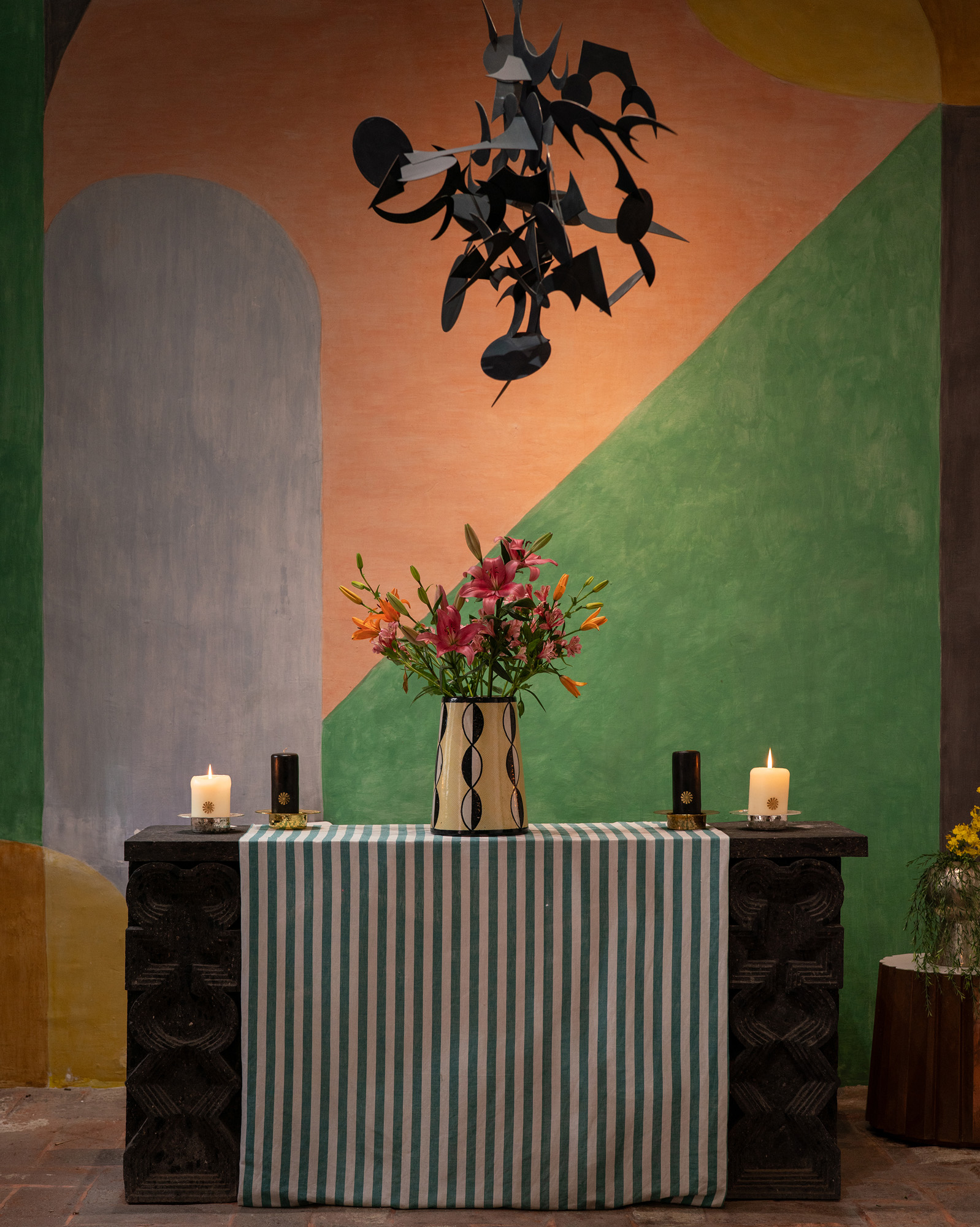
Mesón Hidalgo is a boutique hotel and design store housed in a 17th-century building
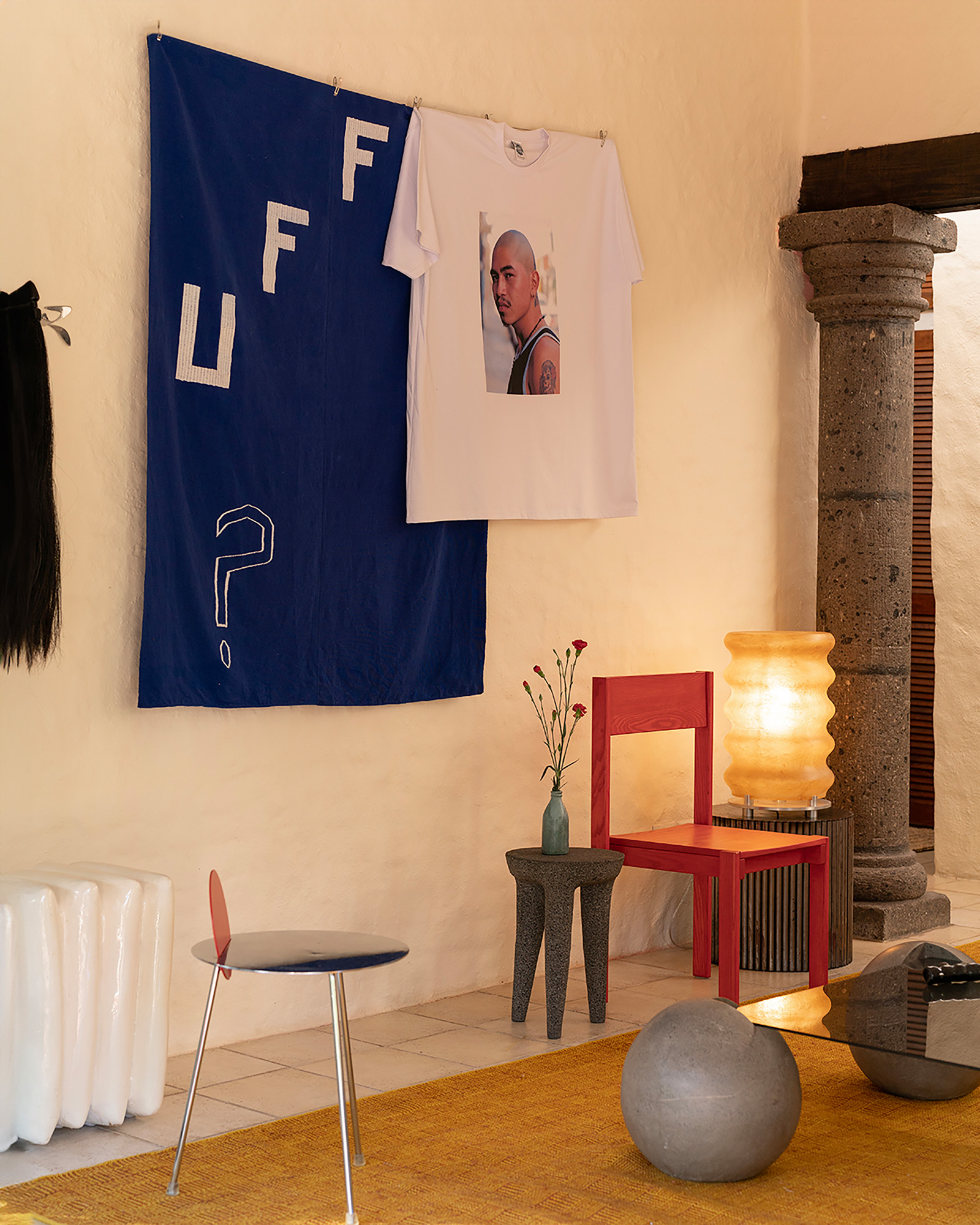
The Casa Ballista gallery sells pieces by designers with Mexican connections, such as Henry Peters’ ‘Sunset’ stool, Daniel Uranga’s ‘Warm Dreams Between Us’ lamp and Victor Barragán’s ‘Bolas’ coffee table
The city’s popularity has seen much waxing and waning, but it’s currently having a moment. ‘One or two dynamic personalities, with great ideas, can radically change a small community,’ says Kirar. When architect Alberto Laposse, founder of Levain & Co, purchased his house in San Miguel in 2004, the design scene was fairly nascent. He turned his home into Dos Casas, which became the city’s first design hotel. ‘It was the best-kept secret in San Miguel,’ says Laposse, who went on to open bakeries and restaurants around the city. After splitting his time between Mexico City and San Miguel for years, he finally chose to spend most of his time here, opening Mediterranean restaurant Hortus in a heritage building on the central plaza. The walls are lined with wood to mimic the trees in the park outside, marble slabs leftover from a previous project form the bar, and the handmade floor tiles were made by a specialist artisan. ‘Here you have the luxury of working hand-in-hand with craftsmen,’ says Laposse.
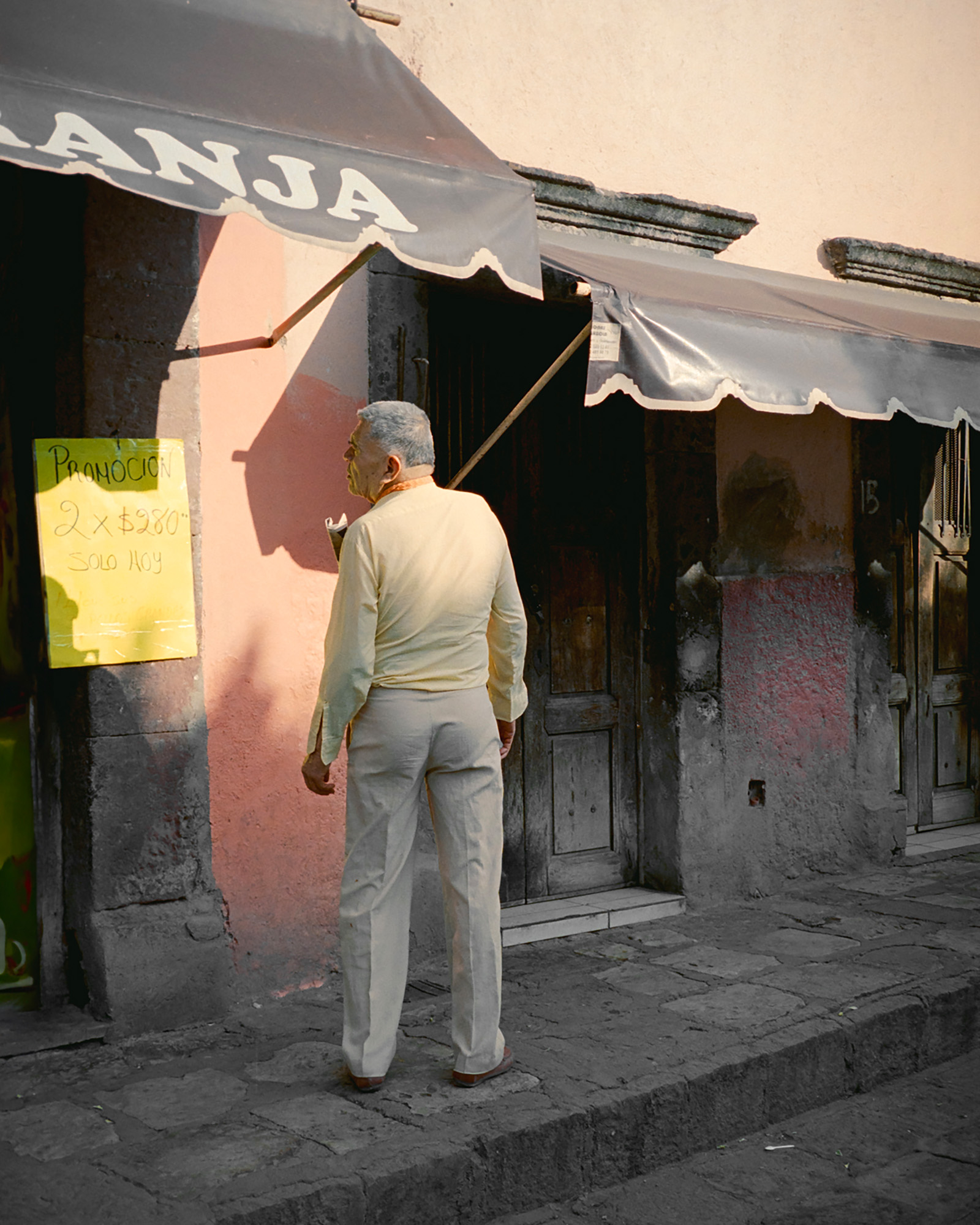
The city’s cobblestoned streets
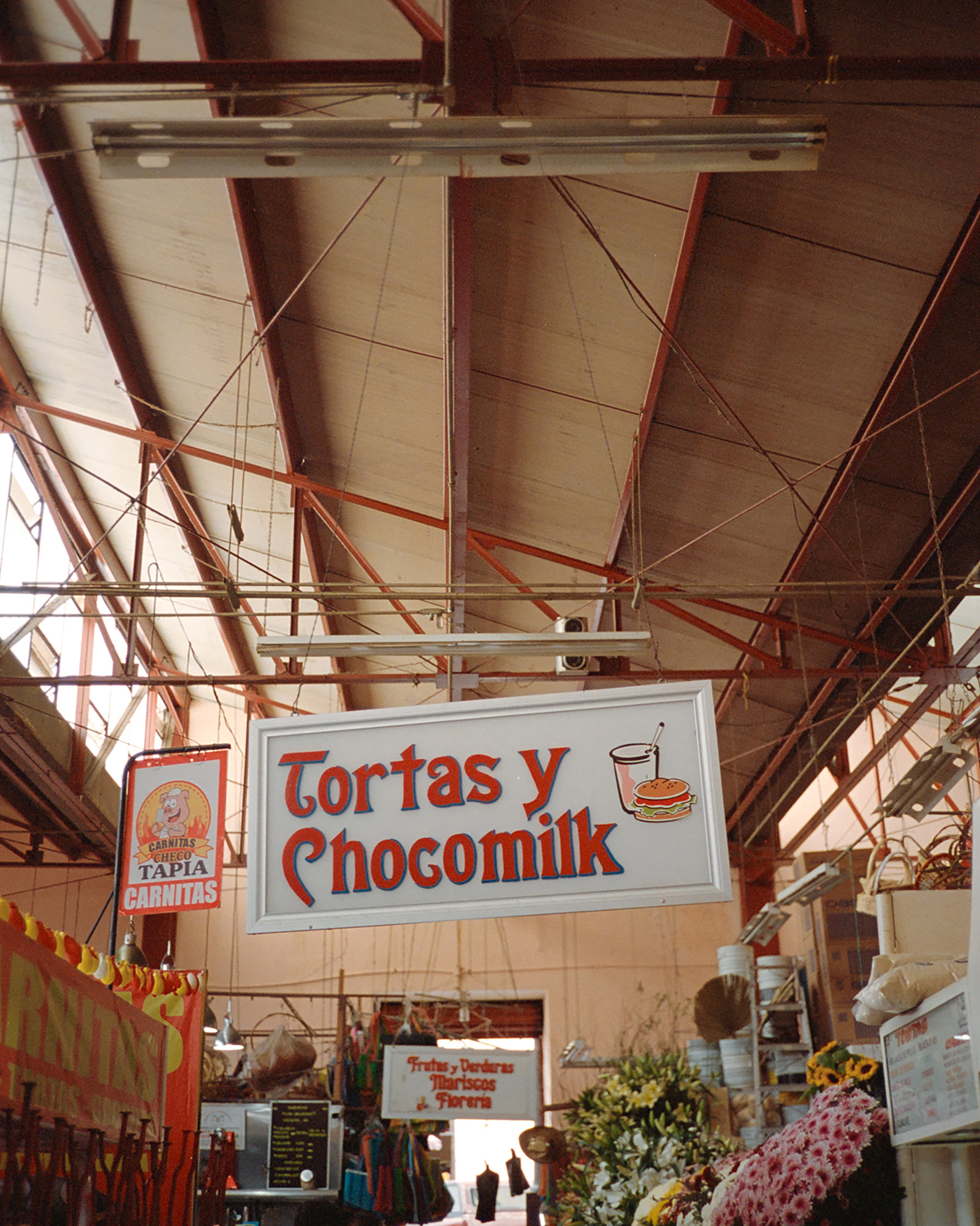
Snacks and flowers for sale at the city’s Ignacio Ramírez market
This wealth of local artisans, who work with everything from textiles to copper and ceramics, is another reason why creatives are increasingly drawn here. ‘There’s a wave of people focused on craft,’ says Ballesteros, adding that ‘there is an incredible production muscle in San Miguel’. For Valero, who creates playful rugs in pops of emerald green and hot pink, as well as oversized woven lampshades in collaboration with master craftsmen, this access has helped shape his brand. Today, his pieces have become synonymous with a new San Miguel aesthetic – one that is still colourful but also contemporary. ‘It has always been a town that’s in contact with Mexican craft and art,’ he says. Choosing not to be based in Mexico City, where the art and design scene is currently booming, felt initially like a risky choice for Valero. But being away from the noise of the capital has meant he’s not only closer to artisans, but can carve out a distinctive space in the design scene. ‘There’s a lot less distraction than there is in a big city,’ says Kirar, who also has a studio in San Miguel de Allende. ‘You just get a lot more done.’
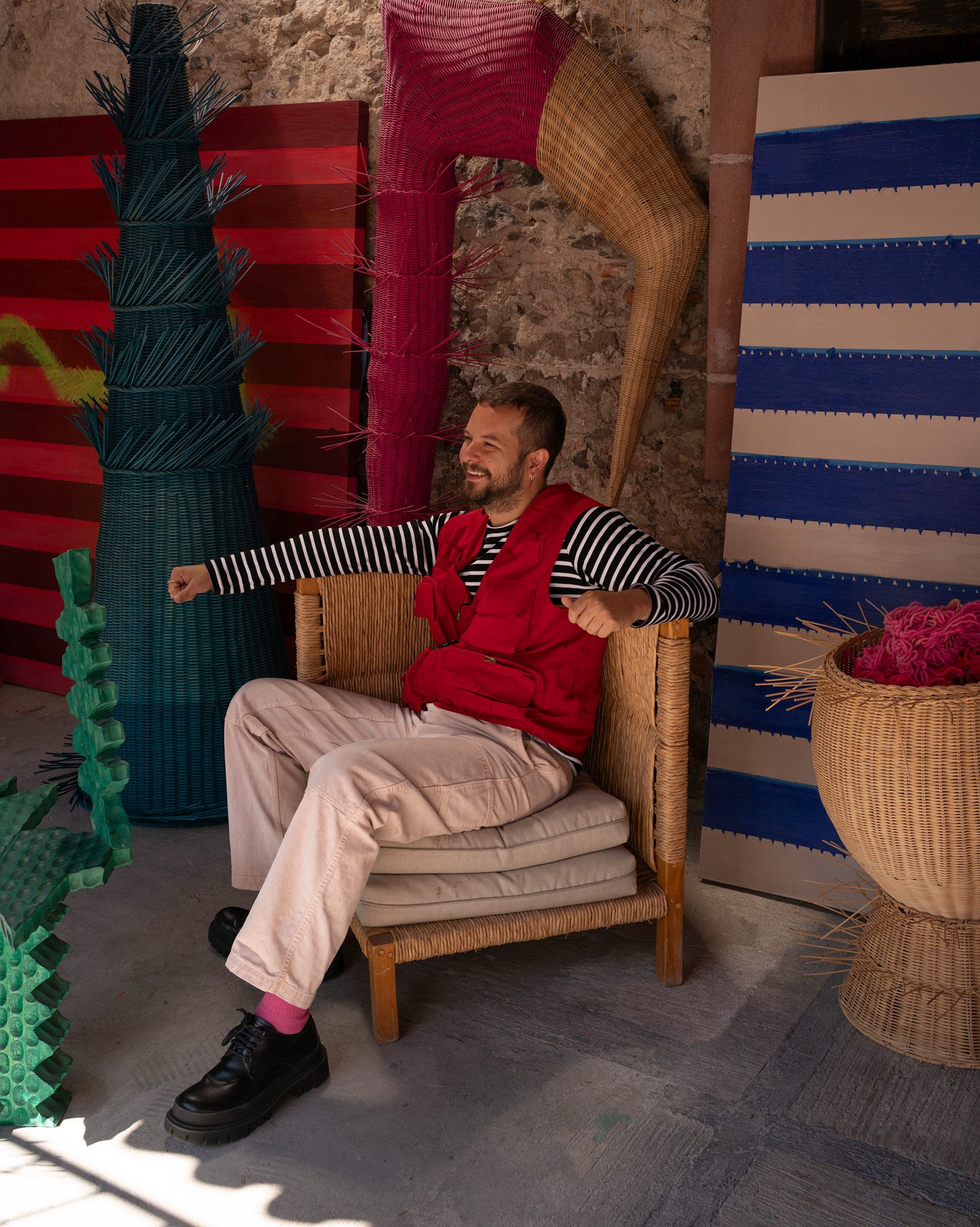
Mestiz founder Daniel Valero in his studio with some of his colourful creations
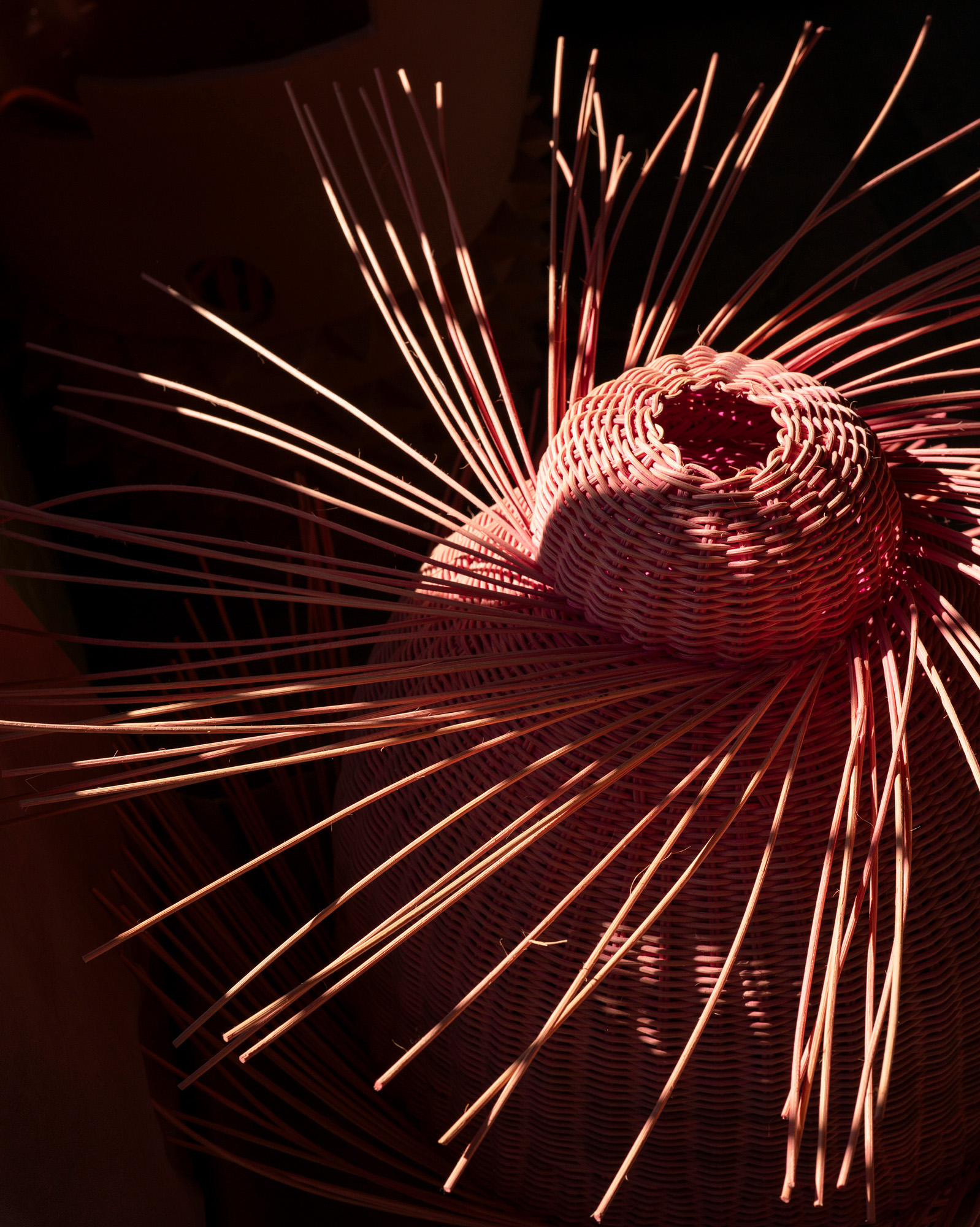
Mestiz’s oversized woven lampshades come in bright colours, such as hot pink
Maye Ruiz is another creative who moved here from Mexico City. She did so to be with Valero (they are partners) and to establish her own interior design studio. Since moving, she has started working more with natural elements such as wood, in collaboration with local craftspeople. ‘I’ve learned so much from them,’ says Ruiz, who is known for her bold style and use of bright shades – the rainbow-like city suits her well. ‘I love colour and I appreciate that San Miguel is open to this.’ Since arriving, she has designed many interiors in the city, including restaurant Casa Arca, in collaboration with Valero. ‘Previously, people were afraid of me designing a home because my aesthetic is colourful,’ says Ruiz. But in San Miguel, colour comes with the territory. Her shared studio, which is located on a cobbled street in the Santa Tere neighbourhood, is unmissable from the outside, with its yellow walls with a primary blue door and red handle. Inside, Ruiz has designed an open kitchen with bold red tiles and sunny yellow cabinet curtains.
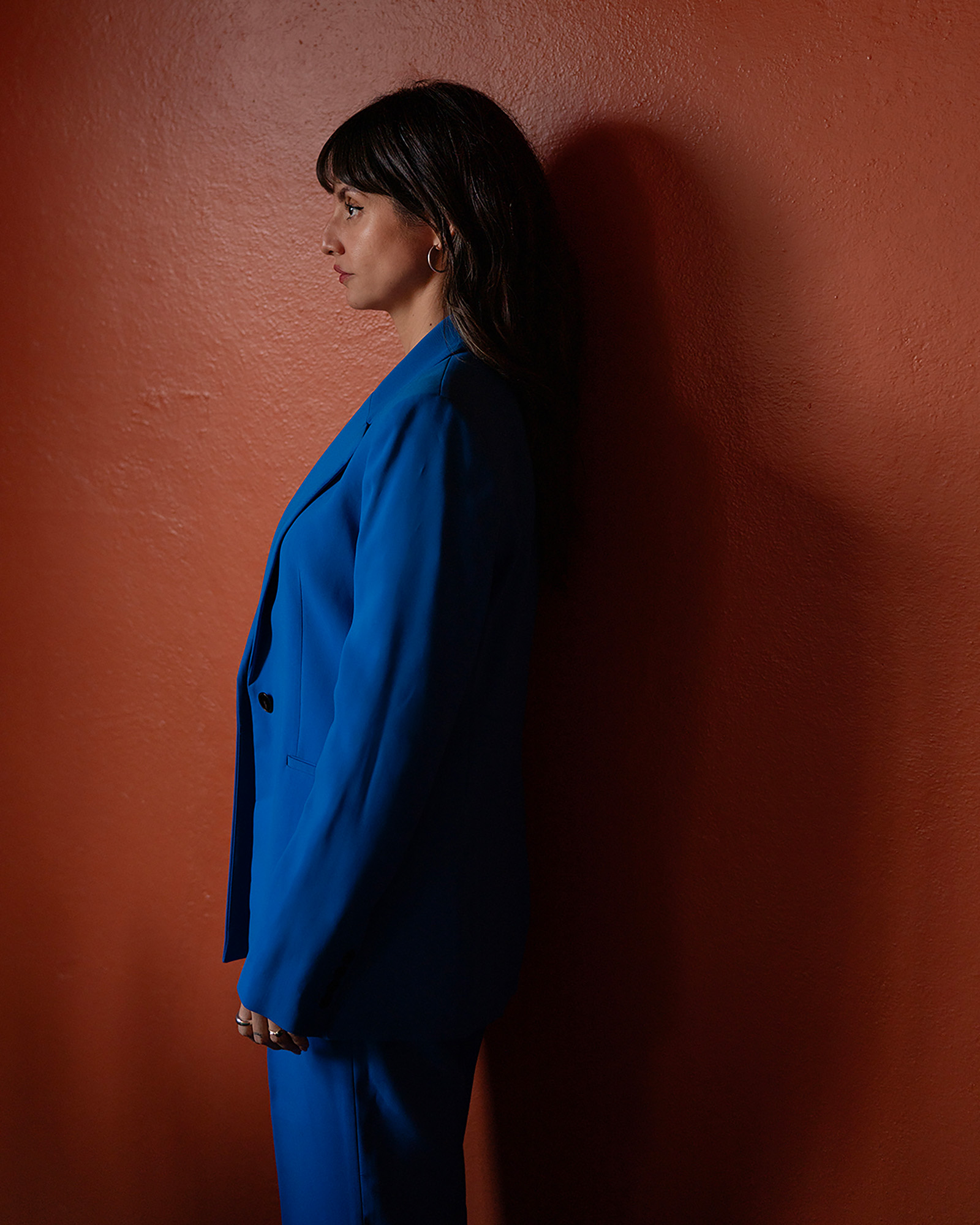
Maye Ruiz moved from Mexico City to San Miguel del Allende to establish her interior design studio
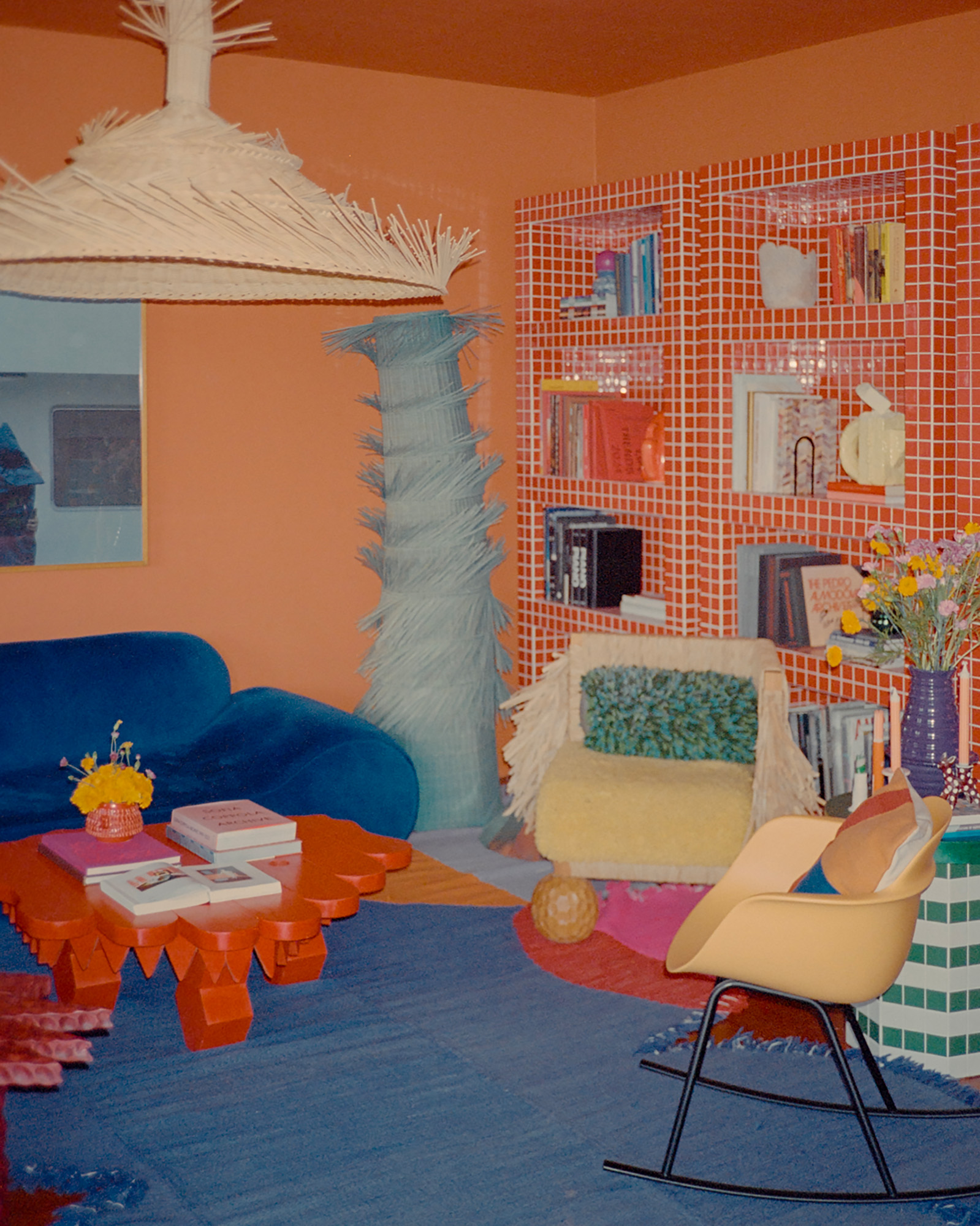
Taking centre stage in her living room is a ‘Conchita’ coffee table by Mestiz, a studio founded by her partner Daniel Valero
The momentum created by artists moving to the city has also spurred a market for designers to sell their wares, as well as created a slew of sophisticated offerings in hotels, restaurants and bars, many of which have a design focus. Hotel Casa Hoyos opened in a colonial manor house downtown, transformed by Andrés Gutiérrez of Mexico City’s AG Studio. Centred around a main courtyard, the space pops with glazed Talavera tiles and tapestries by Meli Ávila. Its rooftop bar, Bekeb, run by bartender Fabiola Padilla, is on North America’s 50 Best Bars 2024 list and overlooks the entire city. Outside of town is the Albor Hotel, part of the Tapestry Collection by Hilton. Designed by Productora and Esrawe Studio, its muted façade is partially made from a textured red stone that blends into the surrounding landscape, while the lobby is lined with green tiles featuring a pattern by Mexican artist Omar Barquet. Further outside the city is boutique hotel Quinta Amores, designed by Mexican Architect Ian Pablo Amores, with a pink façade and a courtyard punctuated by trees and cacti.
Wallpaper* Newsletter
Receive our daily digest of inspiration, escapism and design stories from around the world direct to your inbox.
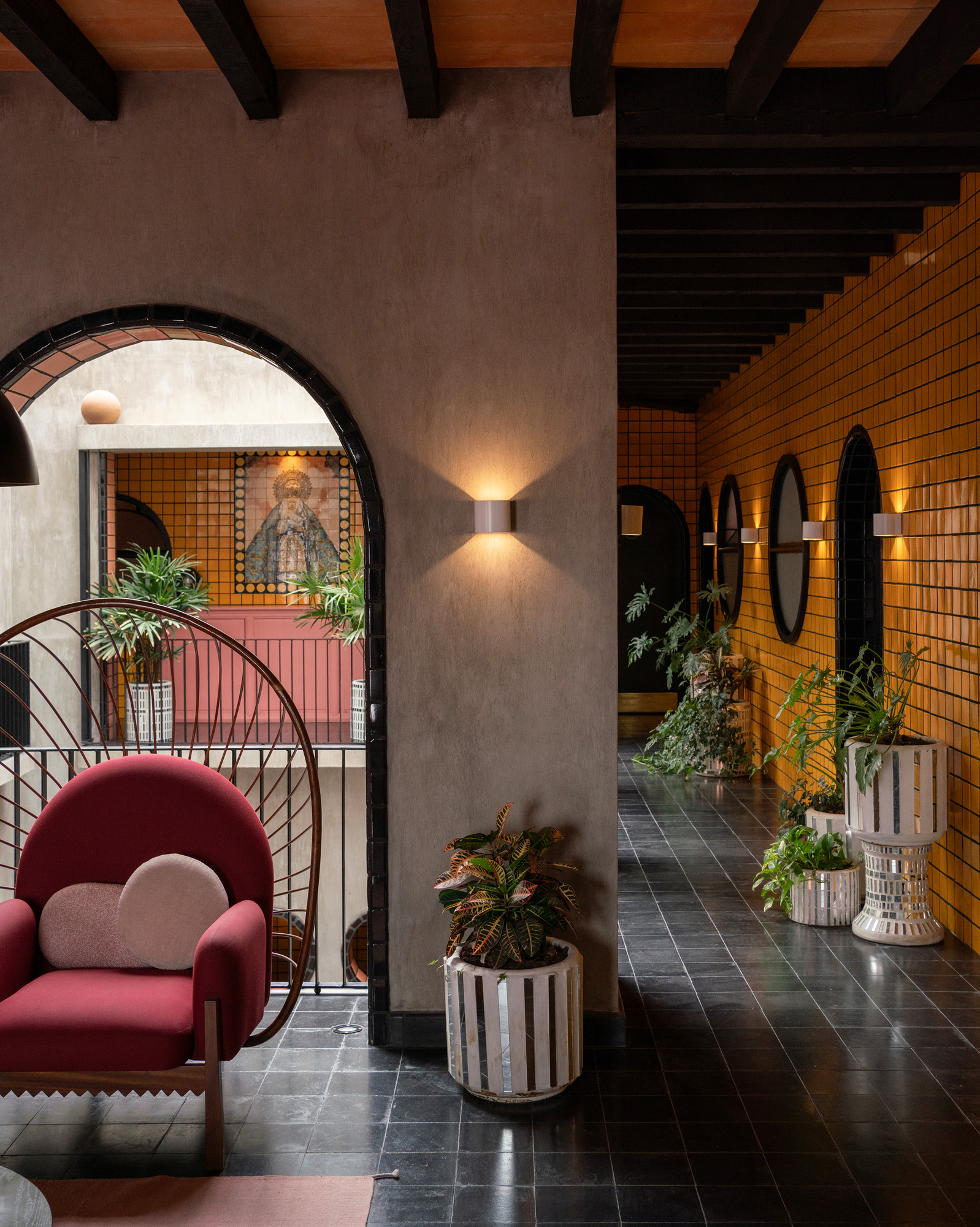
Designed by Andrés Gutiérrez of AG Studio, Casa Hoyos is a boutique hotel in a former colonial-era grain store and bank that features a palette inspired by the colours of Mexican corn
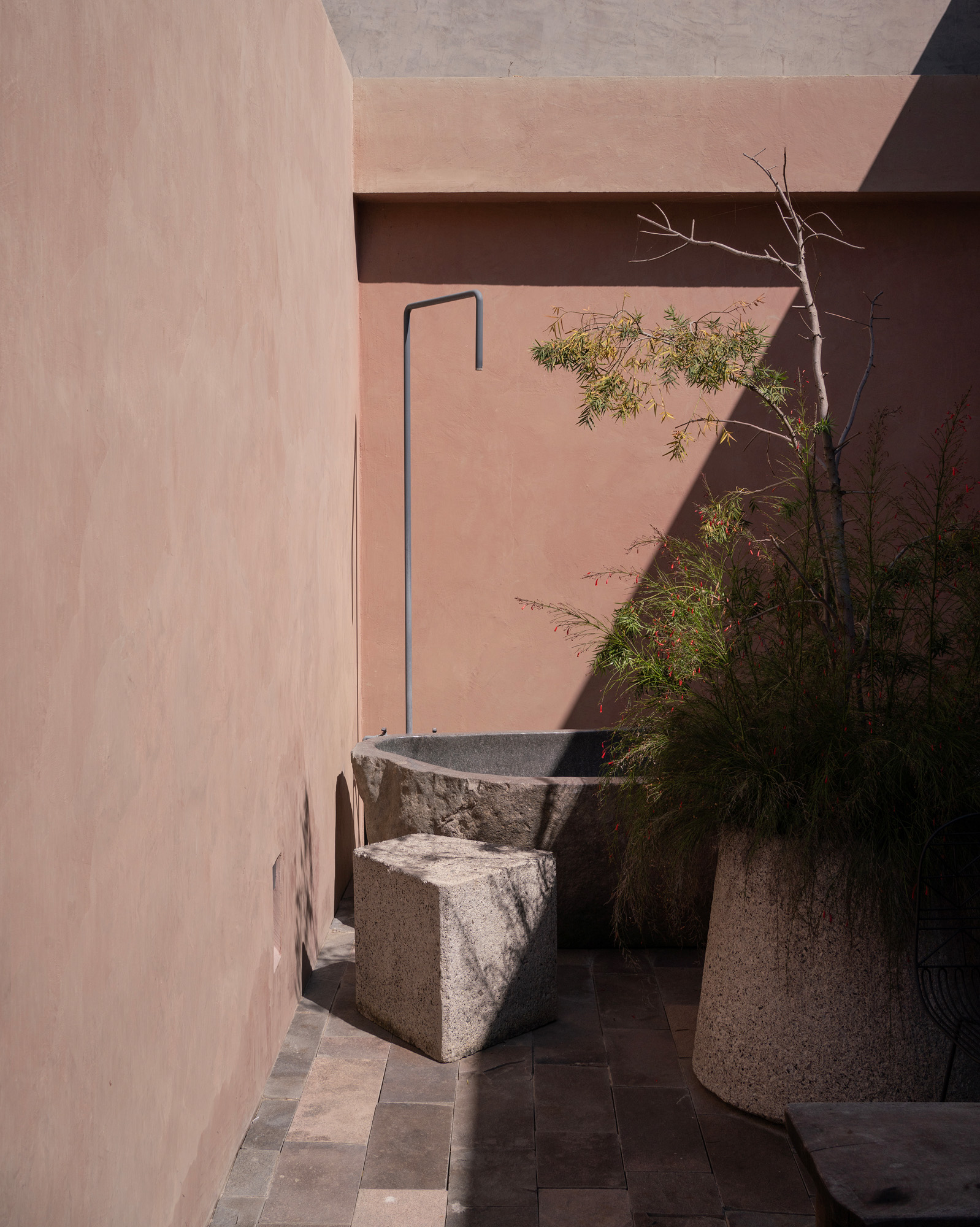
At the Quinta Amores hotel in Los Frailes, some rooms come with sculptural outdoor bathtubs
One of the most celebrated San Miguel brands is Casa Dragones, a tequila founded in 2009 by Bertha González Nieves. The house where tastings are held dates back to the 1600s, but it was recently overhauled by Will Meyer, of New York studio Meyer Davis. Responsible for the interiors were curator Ana Elena Mallet and designer Raúl Cabra, who included contemporary design pieces from Héctor Esrawe and Angela Damman. Then there’s Fabrica La Aurora, an art and design centre housed in a former textile factory alongside antique shops, art studios and galleries, while for foodies, there’s Hortus, on the lively main square, Panina, a new bakery opened by chef and sourdough aficionado Paulina Carreño, and Restaurante del Parque, inside Belmond’s Casa de Sierra Nevada hotel, where guests are served Mexican cuisine and mezcals in a courtyard overlooking the garden.
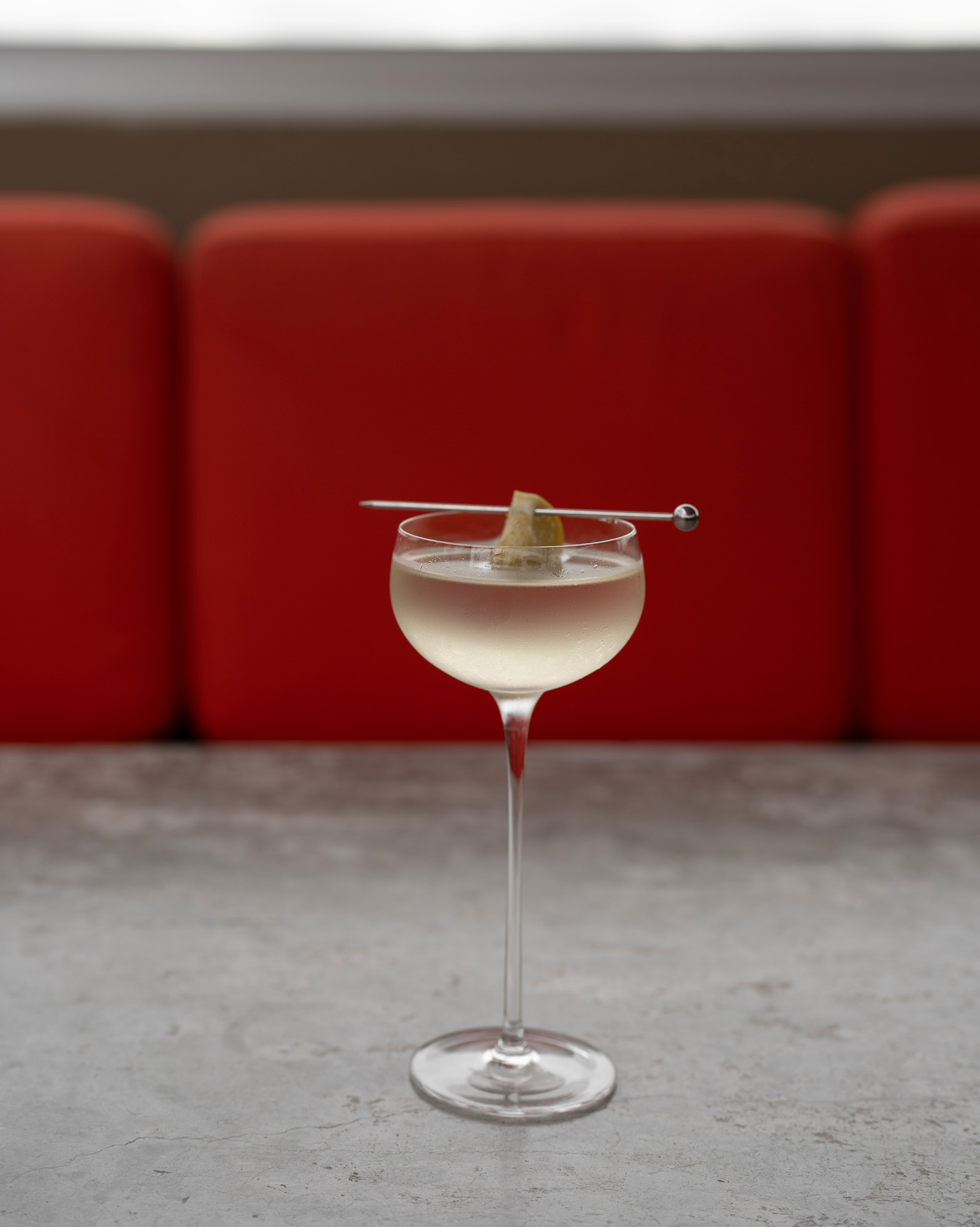
A Tomatillo cocktail with white tequila, vermouth and celery bitters at boutique hotel Casa Hoyos’ rooftop bar Bekeb
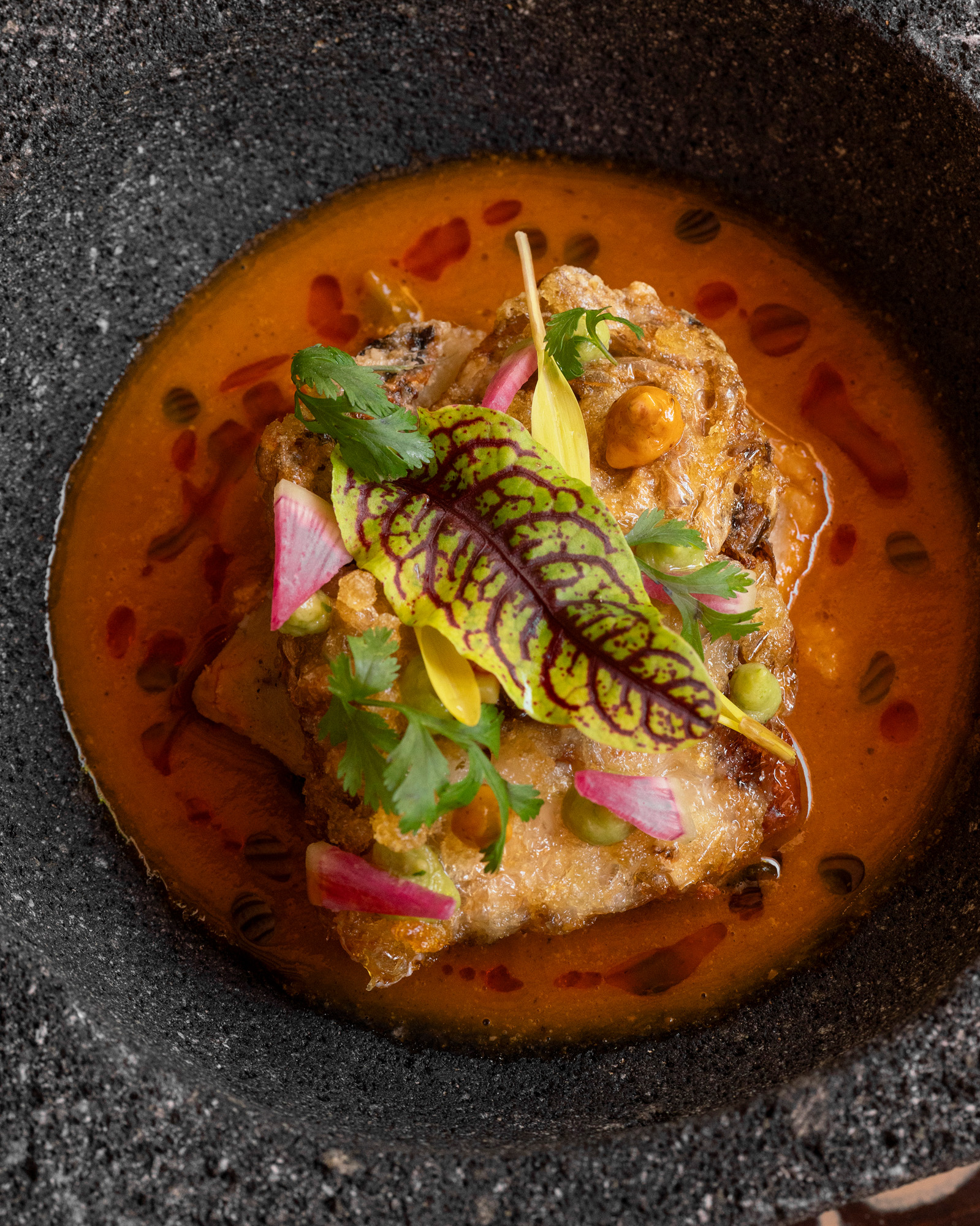
Crab chilpachole at the Casa de Sierra Nevada hotel’s Restaurante del Parque
But for all the people that San Miguel is attracting, its remote location weeds out many. Unlike places such as Mexico City and Guadalajara, which are more obvious choices for those in the design and art world, San Miguel still feels a little untapped. ‘It’s not a place where young Mexican creatives necessarily think of working,’ says Ballesteros. And the fact that it’s a less obvious destination with a small-town feel ‘makes the way you work a lot freer’. Its remoteness has also helped to maintain its heritage, which many are determined to uphold. ‘People from here love that it’s a bit isolated,’ says Valero. ‘Even though it’s growing, it preserves the essence of the town.’
A version of this article appears in the January 2025 Next Generation issue of Wallpaper*, available in print, on the Wallpaper* app on Apple iOS, and to subscribers of Apple News +. Subscribe to Wallpaper* today.
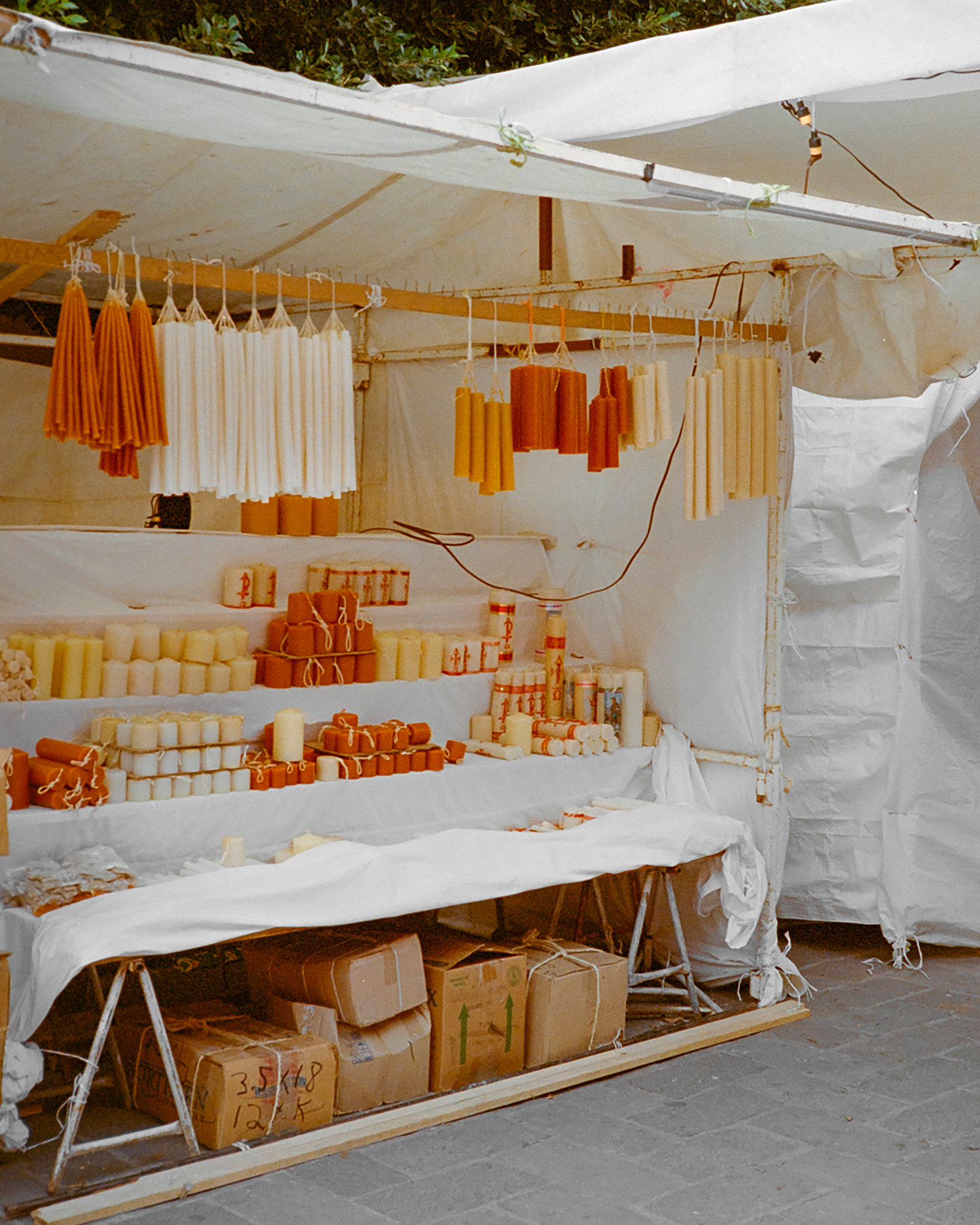
San Miguel de Allende’s atmosphere
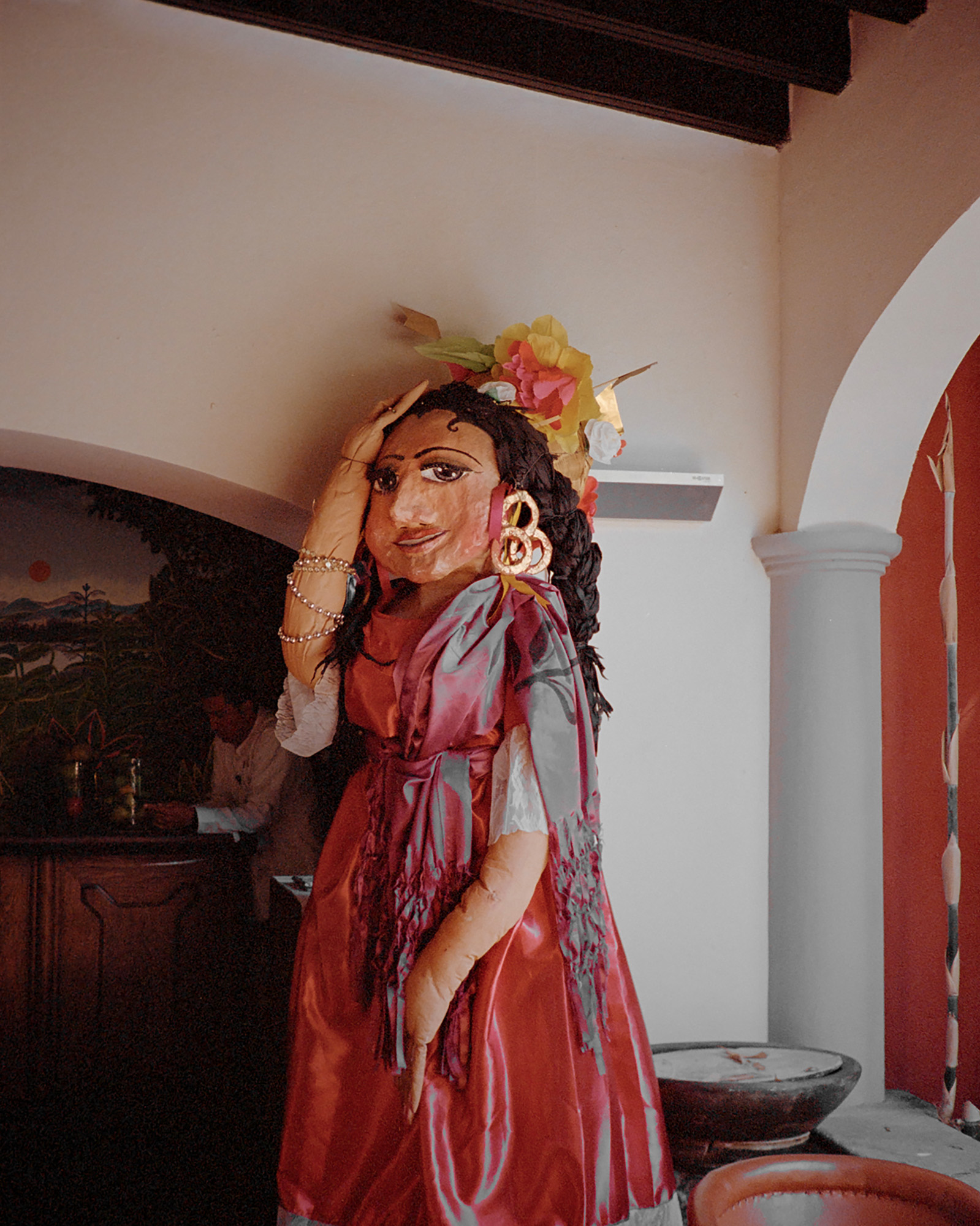
San Miguel de Allende’s atmosphere
Mary Holland is a South African writer based in New York. She has written for HTSI, WSJ Magazine, Architectural Digest, Elle Decor, W Magazine, the Financial Times and more. She travels to Mexico frequently.
-
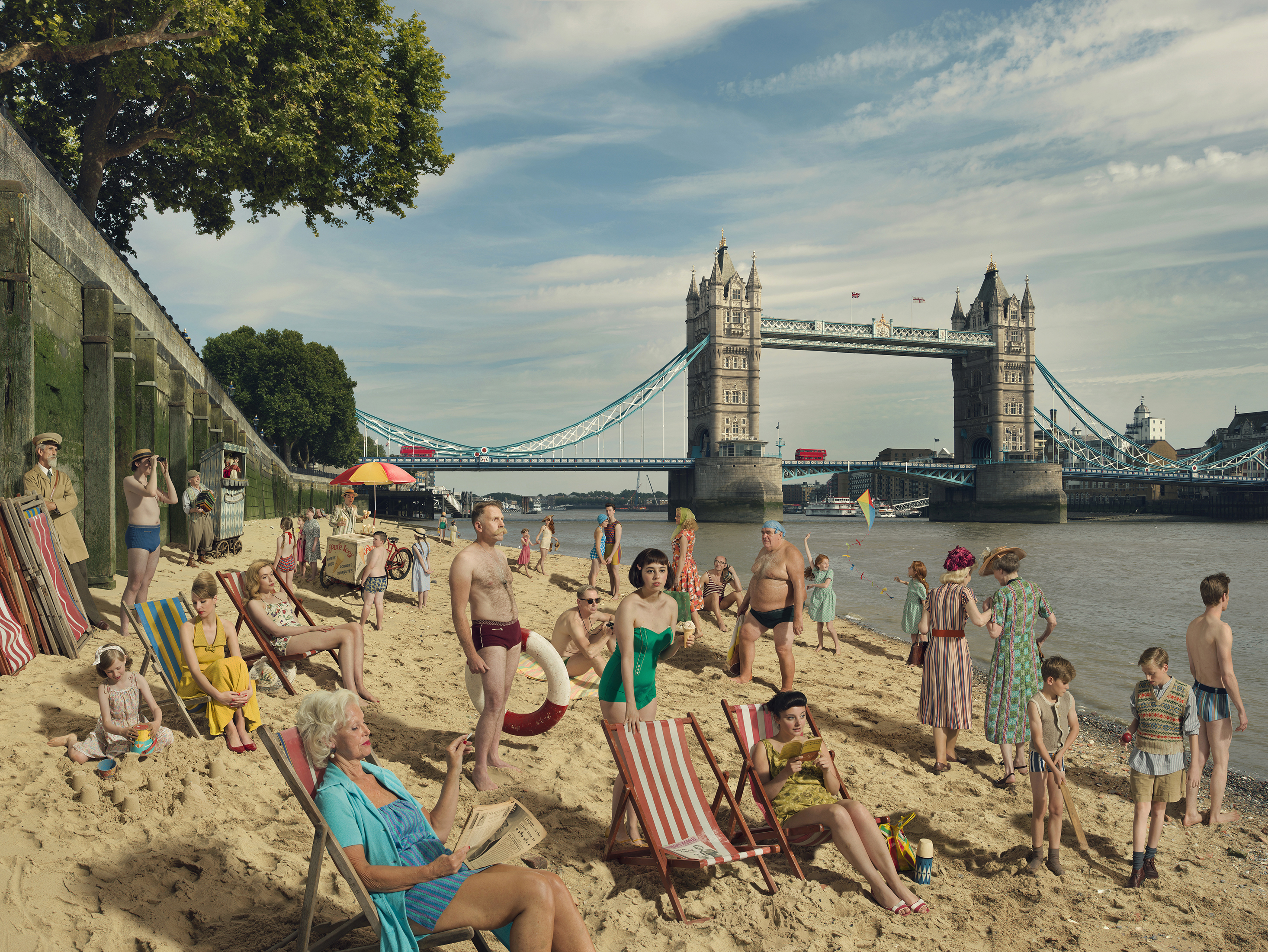 As Photo London turns 10, seven photographers tell us the story behind their portraits
As Photo London turns 10, seven photographers tell us the story behind their portraitsPhoto London celebrates its tenth anniversary from 14–18 May 2025 at Somerset House
-
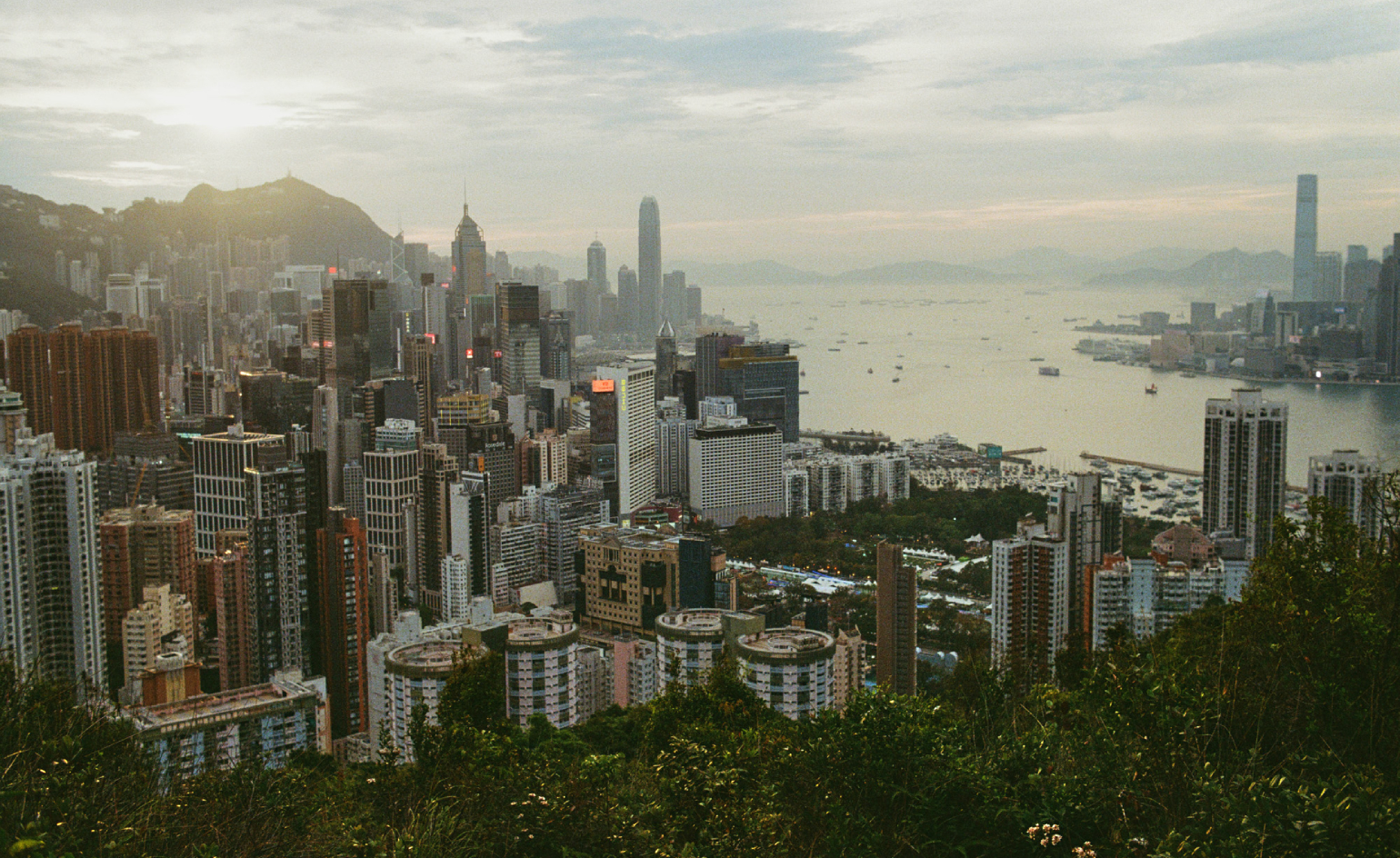 The Trip to Hong Kong: exploring a bold new capital of culture
The Trip to Hong Kong: exploring a bold new capital of cultureA resilient desire to shift perceptions yet preserve heritage is driving a new energy in Hong Kong as the next generation creates a bold new capital of culture
-
 At Davines HQ, a beauty revolution is taking root
At Davines HQ, a beauty revolution is taking rootWallpaper* returns to Davines HQ in Parma, Italy, where a revolution in regenerative farming meets with the brand’s commitment to incredible haircare
-
 The Trip to Hong Kong: exploring a bold new capital of culture
The Trip to Hong Kong: exploring a bold new capital of cultureA resilient desire to shift perceptions yet preserve heritage is driving a new energy in Hong Kong as the next generation creates a bold new capital of culture
-
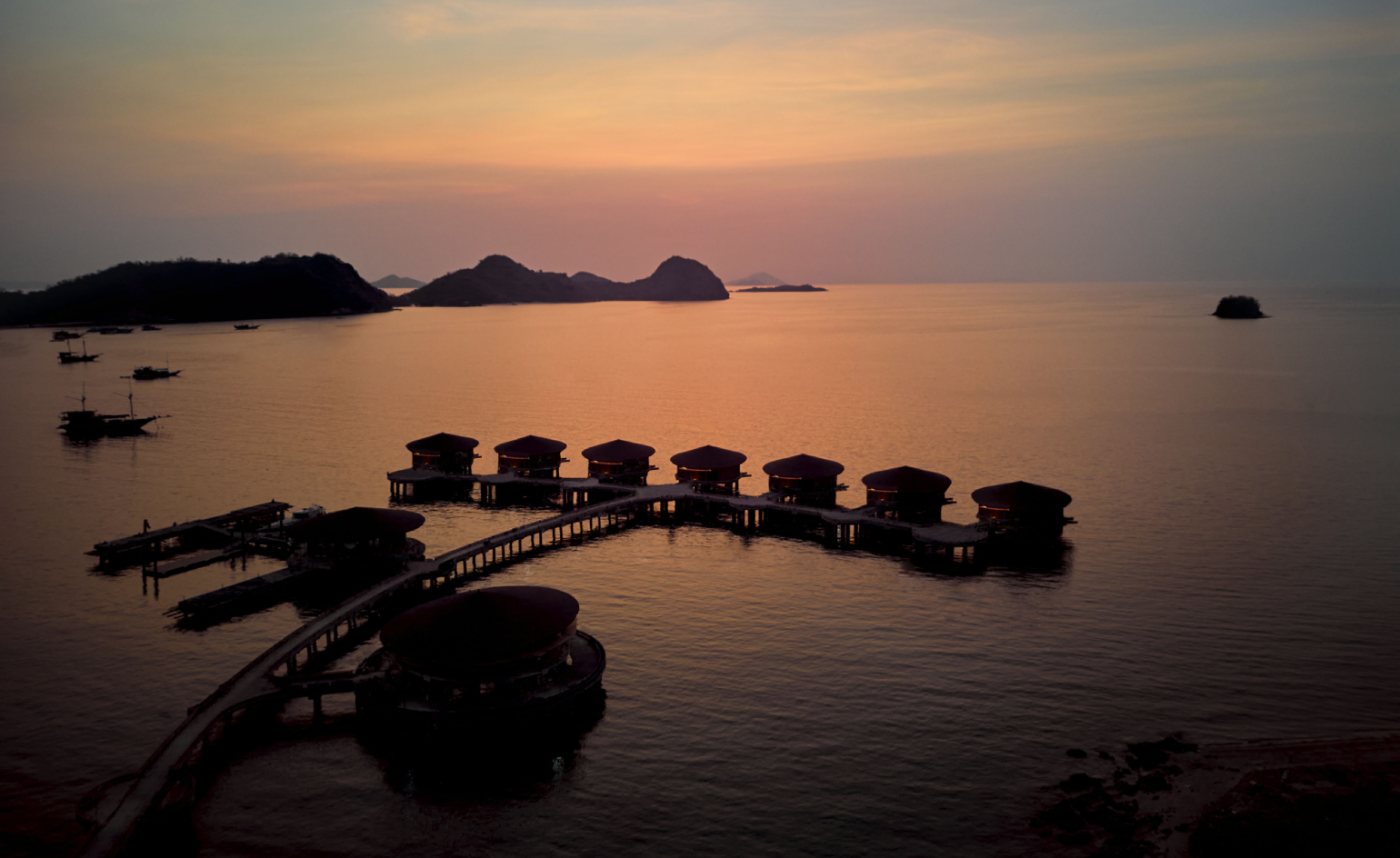 Six hotels where you’ll find the winter sun this February
Six hotels where you’ll find the winter sun this FebruaryFrom intimate seaside inns to lush tropical resorts, here are six Wallpaper*-approved winter sun escapes
-
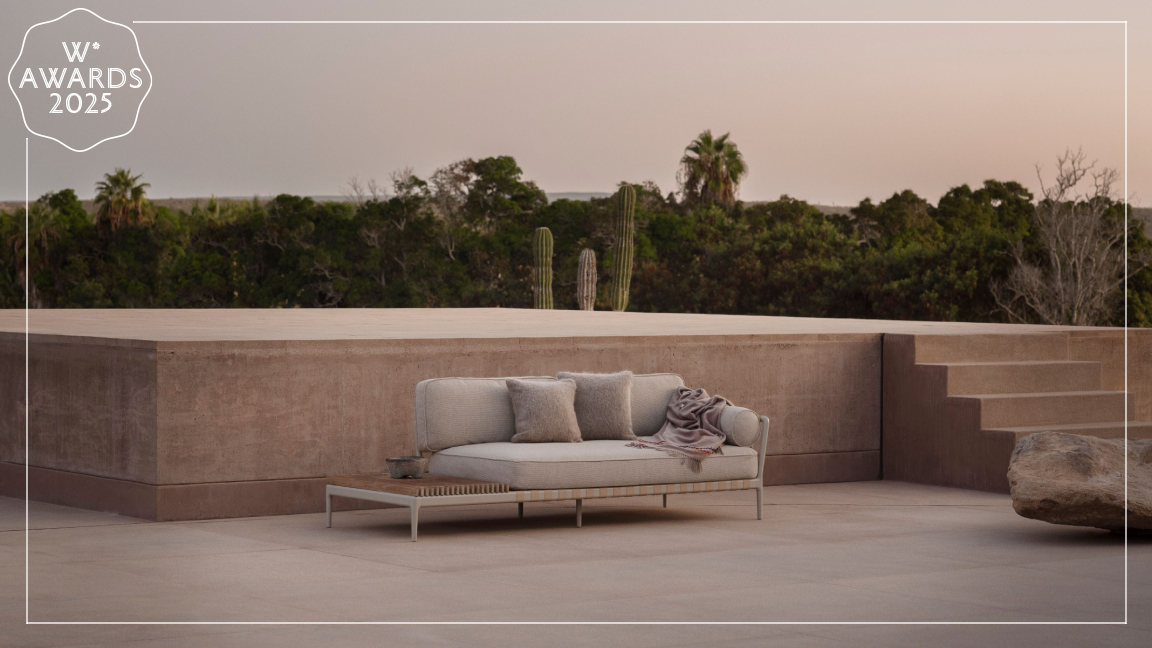 Vipp Todos Santos wins Wallpaper* Design Award 2025
Vipp Todos Santos wins Wallpaper* Design Award 2025A new guesthouse from the Danish design brand brings a Scandinavian aesthetic to a desert location in Mexico
-
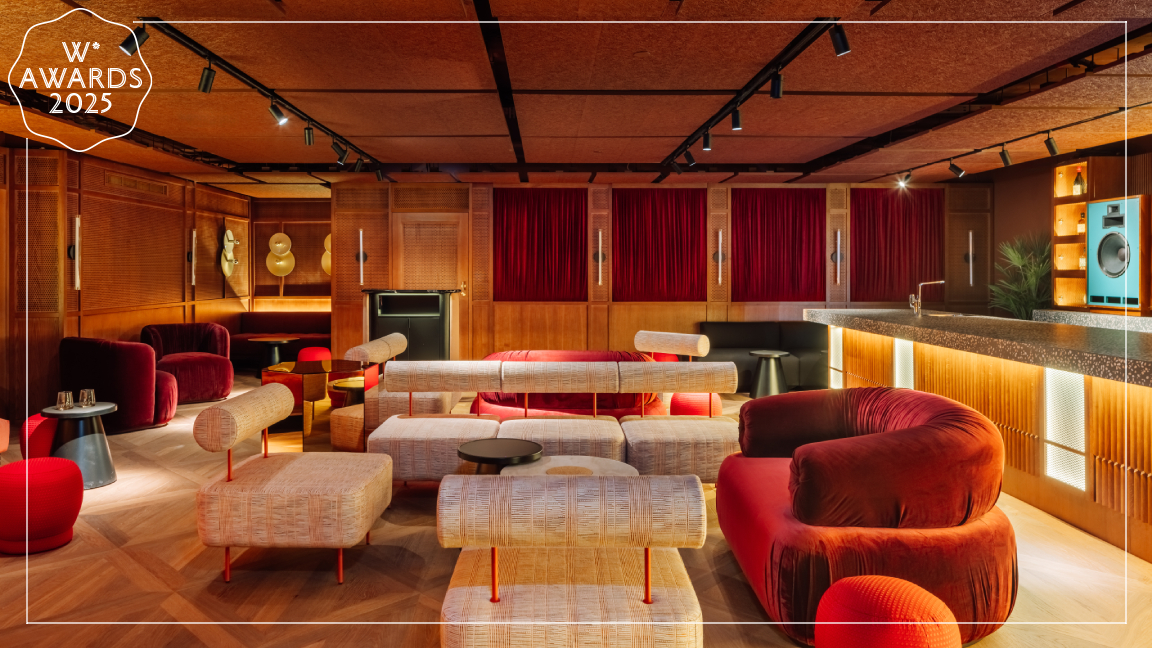 Wallpaper* Design Awards 2025: meet the travel winners transcending destinations
Wallpaper* Design Awards 2025: meet the travel winners transcending destinationsDiscover the Wallpaper* Design Awards 2025 travel winners – the year’s places to stay, dine, drink and join – and watch our video to find out why they won
-
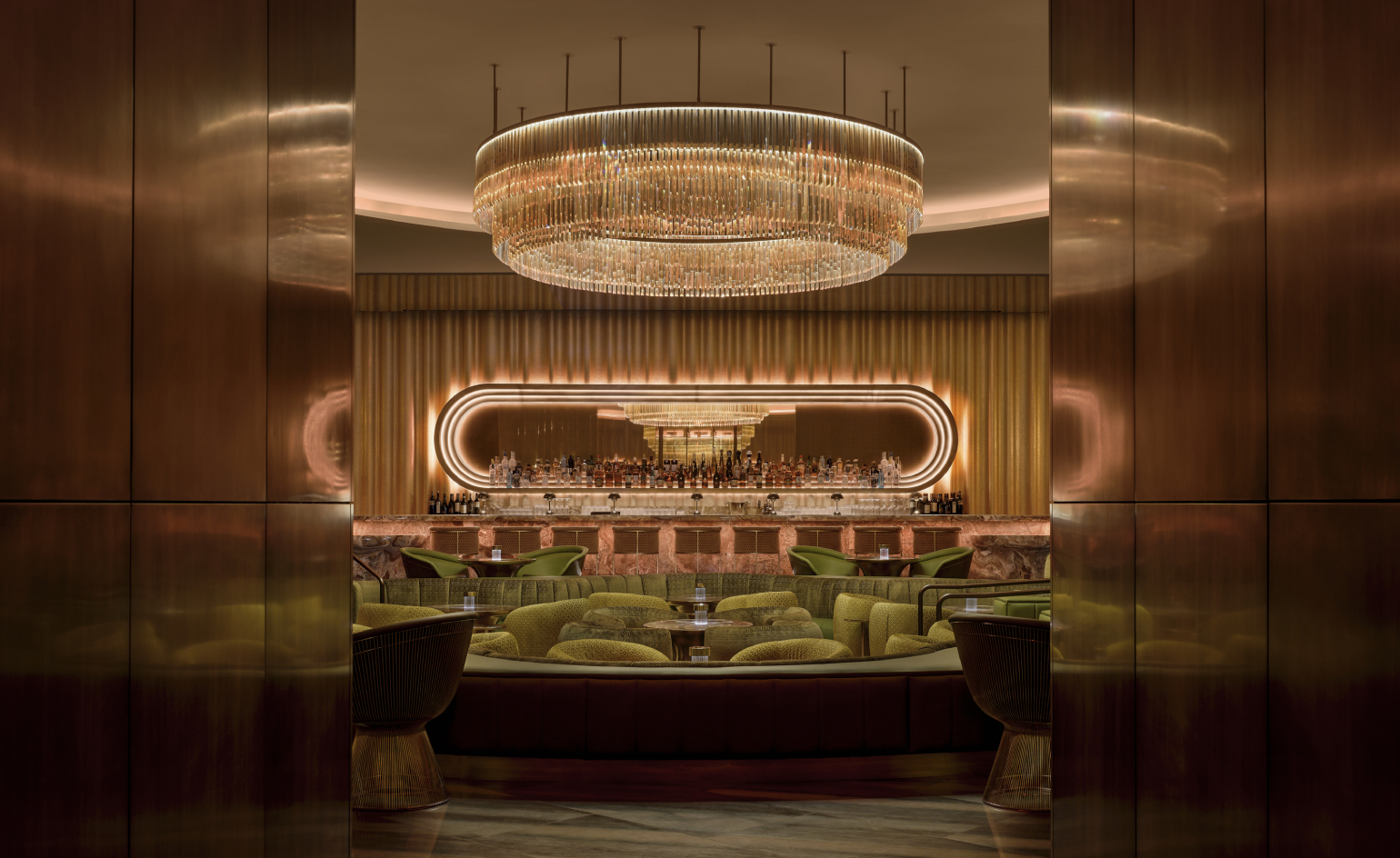 Six brilliant bars for your 2025 celebrations, hot off the Wallpaper* travel desk
Six brilliant bars for your 2025 celebrations, hot off the Wallpaper* travel deskWallpaper’s most-read bar reviews of the year can't be wrong: here’s inspiration for your festive and new year plans, from a swanky Las Vegas lounge to a minimalist London drinking den
-
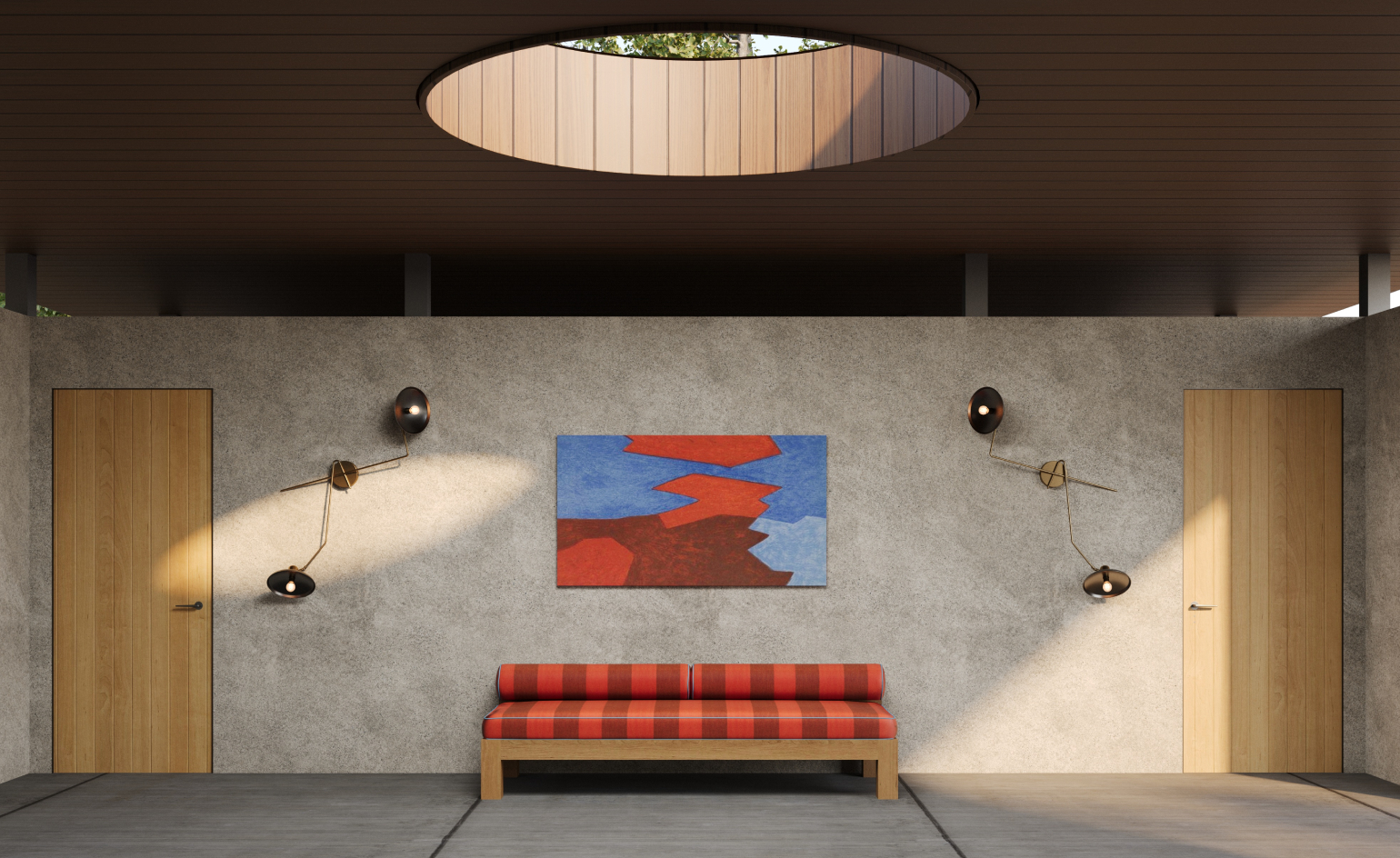 The world’s best new hotels that we’re loving without reservation
The world’s best new hotels that we’re loving without reservationExplore the best new openings in the world, from glamping at The River Electric in Sonoma County to beachside bliss at Hôtel Villa Miraé in Cap d’Antibes
-
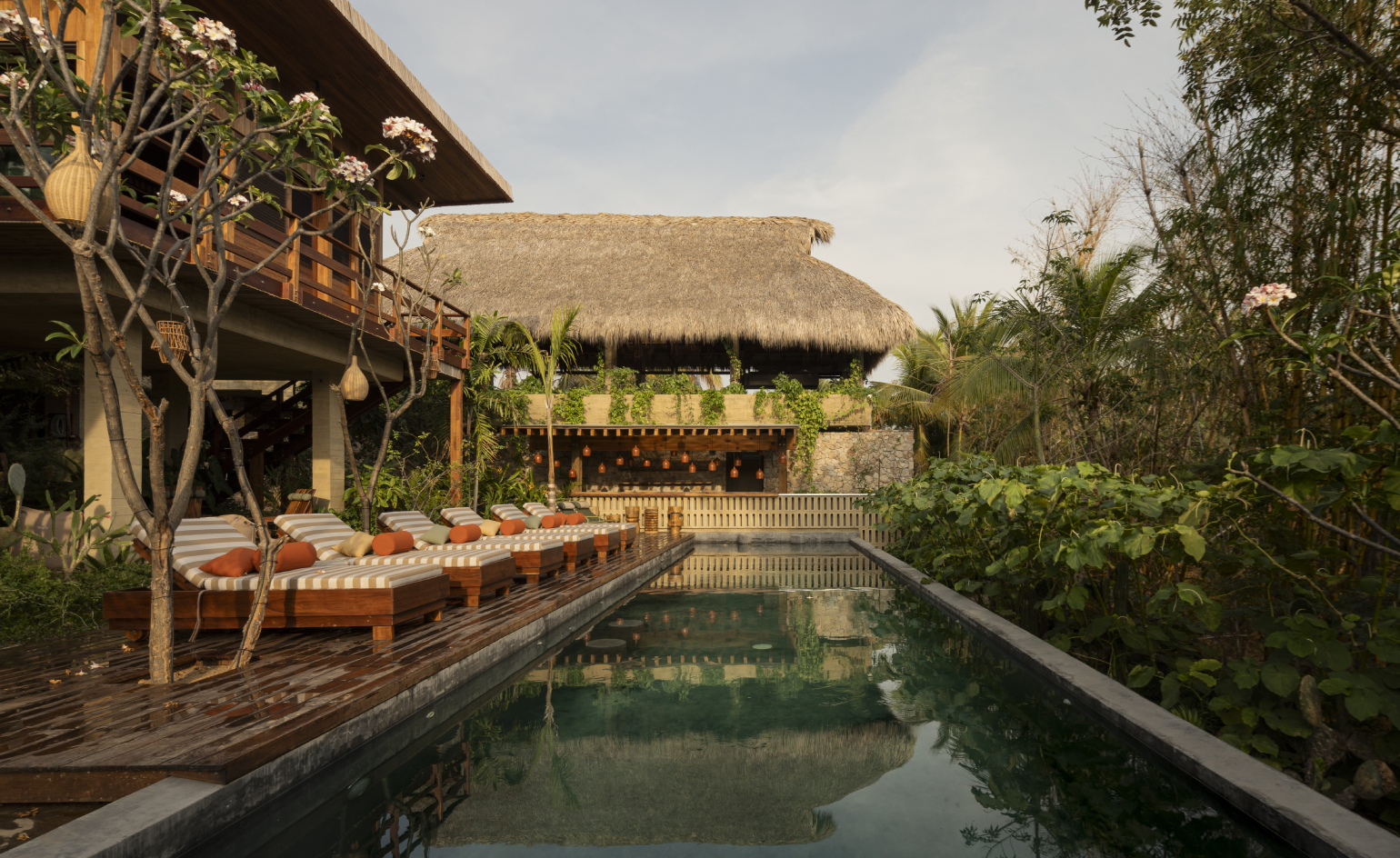 Ennea Hotel on Mexico’s Oaxaca coast pays homage to the region’s artisanal legacy
Ennea Hotel on Mexico’s Oaxaca coast pays homage to the region’s artisanal legacyEnnea Hotel’s warm interiors are dressed in authentic Mexican materials, thanks to architects at Jaque Studio alongside designers Comité de Proyectos
-
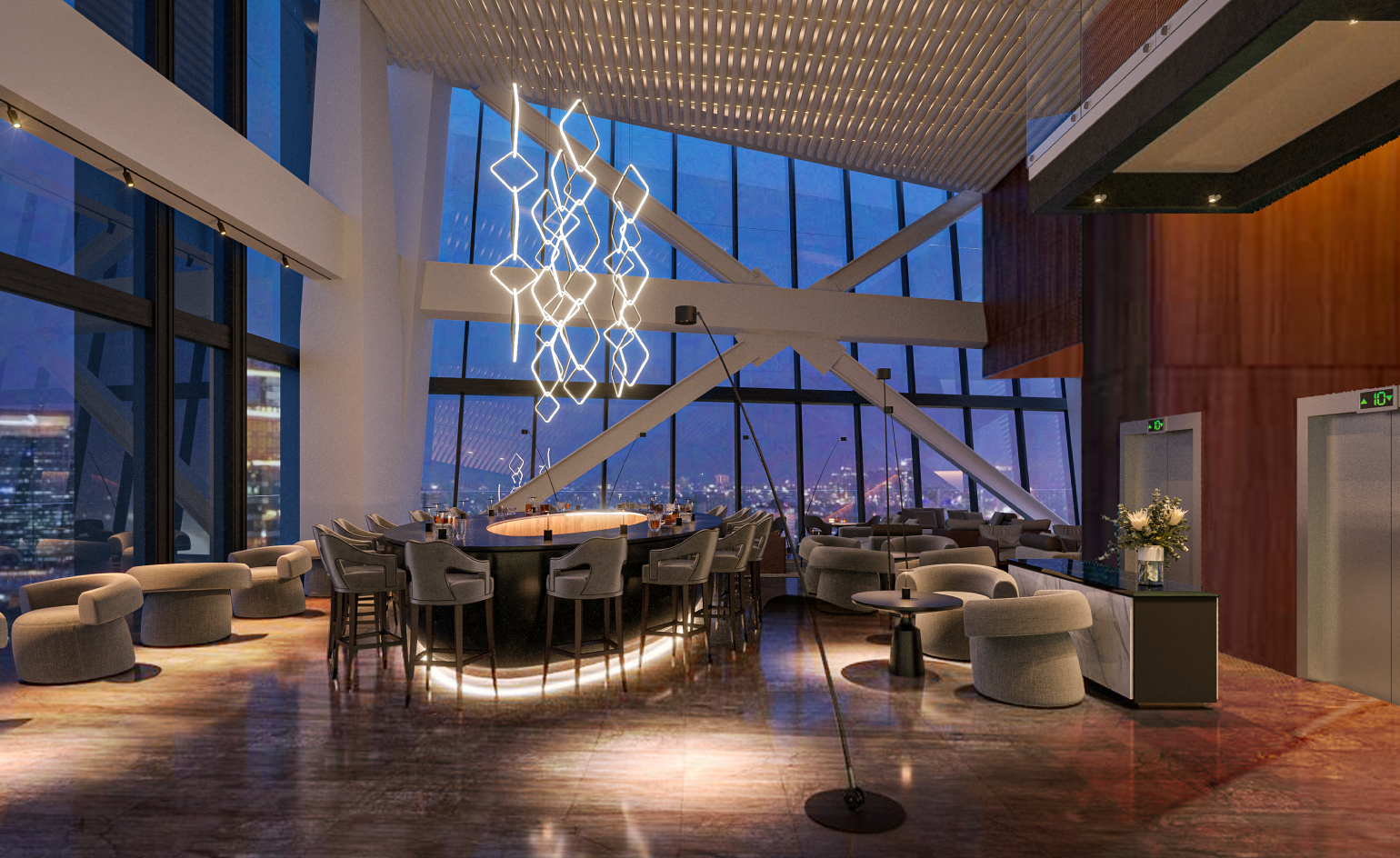 Alexander Hotel marries European hospitality with sleek Mexican design
Alexander Hotel marries European hospitality with sleek Mexican designAlexander Hotel, located inside Mexico City’s Torre Virreyes, heralds 26 light-filled suites conceived by architect Daniel Álvarez